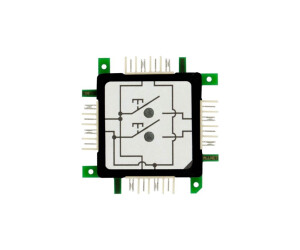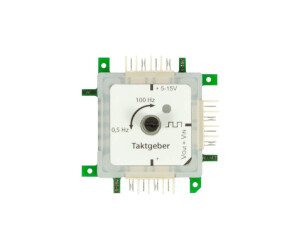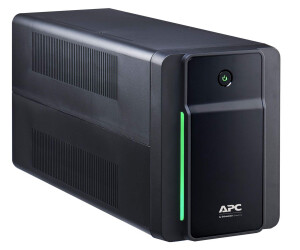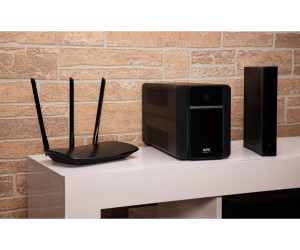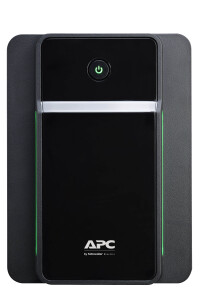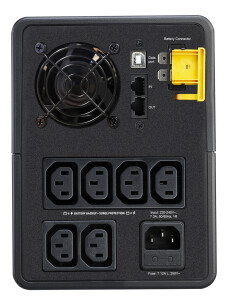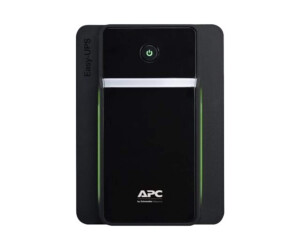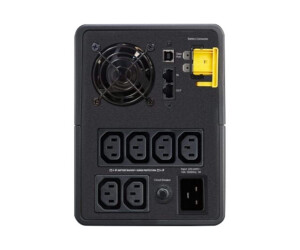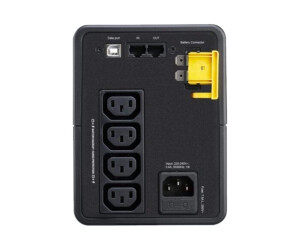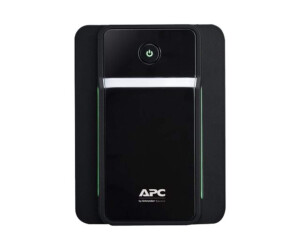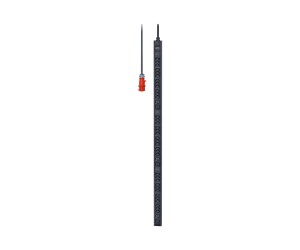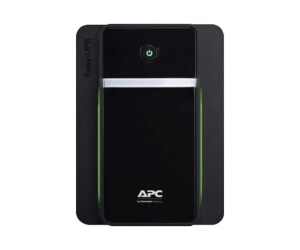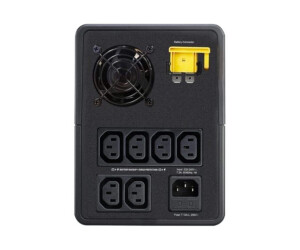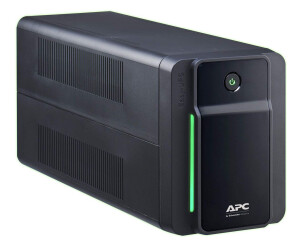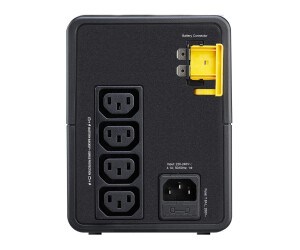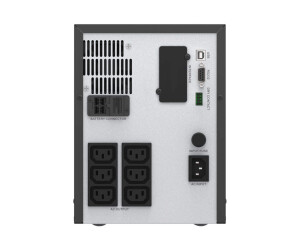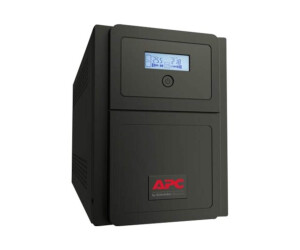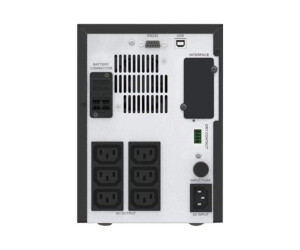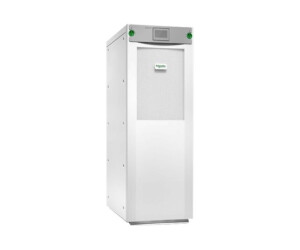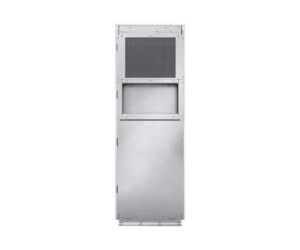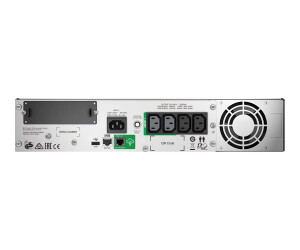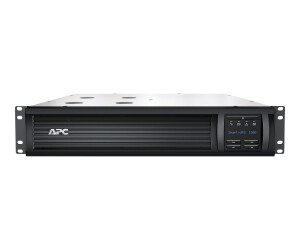IEC
IEC
IEC stands for International Electrotechnical Commission, an international standardization organization that develops standards for electrical engineering and electronics. The IEC labeling refers to the marking and classification of electrical devices, components, and systems according to the standards set by the IEC. The labeling is intended to provide users and technicians with information about the product, such as its performance, safety features, compatibility, and other relevant details. Here is a detailed description of the IEC labeling:
1. Product Information: The IEC labeling includes basic information about the product, such as the product name, model number, manufacturer, and, if applicable, the manufacturing date. This information helps in identifying the product and its traceability.
2. Standards and Norms: The IEC labeling indicates the standards against which the product has been developed and tested. The IEC develops and publishes a variety of standards for different areas of electrical engineering and electronics, such as safety standards, performance standards, EMC (Electromagnetic Compatibility), and environmental standards. The indication of the corresponding standard on the labeling indicates that the product complies with the requirements of that standard.
3. Performance Features: The IEC labeling contains information about the performance capabilities of the product. This may include electrical power consumption, voltage and current ranges, frequency ranges, data transfer rates, or other specific performance features. This information helps users in selecting the right product for their specific requirements.
4. Safety Features: The IEC labeling provides information about the safety features of the product. This includes information about protection classes, protection types, and other safety-related characteristics according to the relevant IEC safety standards. This information is important to ensure that the product meets the required safety requirements and can be used safely.
5. Environmental Compatibility: The IEC labeling may also include information about the environmental compatibility of the product. This includes information about compliance with environmental standards such as RoHS (Restriction of Hazardous Substances) or WEEE (Waste Electrical and Electronic Equipment). This information indicates that the product meets certain requirements regarding environmental protection.
6. Certifications: In some cases, the IEC labeling may also indicate certifications that the product has obtained. These can be certifications from independent testing laboratories or certification bodies confirming the product's compliance with specific standards or guidelines.
The IEC labeling serves as an important guide for users and technicians to understand the performance, safety, and compatibility of electrical devices and components. By complying with IEC standards, manufacturers can ensure that their products meet international requirements and adhere to high-quality and safety standards.


